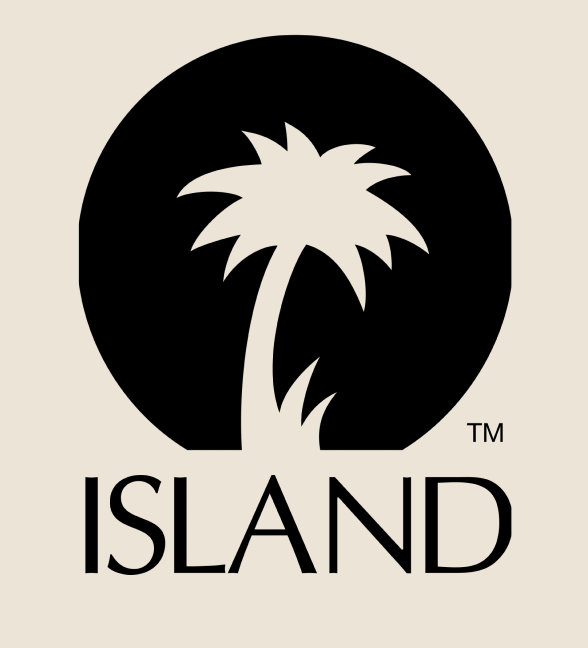
TrackStar: Agile & Data-Driven Music Client Management Dashboard for Artist Performance and Engagement Tracking
Overview
Project Context: TrackStar was developed as part of a graduate-level Engineering Project Management course at USC, where the core objective was to plan, schedule, and manage a simulated product development cycle using industry-standard tools and methodologies. To contextualize our project, we worked with Island Records as our hypothetical client, allowing us to explore challenges in the music industry while applying real-world project management frameworks.
Role: I served as both Product Developer and Project Manager, leading the design of the Trackstar dashboard and overseeing task distribution across the team. I facilitated effective collaboration by aligning assignments with team members' skills and availability, ensuring smooth communication and timely progress. As the primary point of contact, I coordinated meetings, supported issue resolution, and kept the project on track from initiation through delivery.
Problem Definition: In today’s dynamic music industry, record labels often struggle to manage a growing roster of artists, track campaign performance, and streamline operations across diverse digital platforms. Island Records lacked a centralized dashboard to visualize artist engagement, promotional metrics, and business KPIs in real time. These inefficiencies can hinder growth, reduce operational clarity, and limit the ability to support emerging artists effectively.
To address this, our team identified the need for a client management dashboard that consolidates data and enables better decision-making through analytics and visualization.
Proposed Solution: TrackStar is a conceptual music client management platform designed to provide Island Records with a comprehensive solution to track artist performance metrics, engagement data, and campaign analytics through an interactive and intuitive dashboard built in Figma. The dashboard features custom landing pages, KPI visualizations, and data tracking modules to enhance label-artist synergy and operational efficiency.
The focus of the project was to simulate a real-world product lifecycle using structured project management techniques. Our team employed Kanban boards in Azure DevOps, Critical Path Method (CPM) scheduling, and Earned Value Management (EVM) to manage progress, scope, and resources. Key performance metrics included:
Cost Performance Index (CPI): 0.83 – Slightly over budget.
Schedule Performance Index (SPI): 0.98 – Slightly behind schedule.
Cost Variance (CV): -$7,180.64 – Actual cost exceeded earned value.
Schedule Variance (SV): -$826.44 – Minor schedule delay.
A detailed risk register tracked 16 potential risks across project management, team dynamics, design, and software tools. The team adjusted for challenges, including a complete UI redesign to meet feedback standards, while recalibrating efforts to meet all critical deliverables within the project timeline. Trackstar successfully fulfilled its purpose as a vehicle for exploring agile and traditional project management in a creative industry setting.
Duration: 16 Weeks
Team: Hritik Kotak, Chirag Jhawar, Kirsten Espinoza, Erik Litwak, Riya Mittal, Alex Auker
Motivation
As someone who’s always had a passion for making music, I wanted to bring that interest into the classroom when our professor asked us to choose a project for exploring engineering management styles. I proposed building a music client management dashboard — a fun, creative idea that also filled a real gap in the industry.
Trackstar gave us the perfect platform to apply what we were learning — from scheduling and risk management to team dynamics — all while working on something relevant and engaging.
This is how Trackstar was born.
Project Goals
Plan and Control Project Execution
Use Microsoft Project for CPM scheduling and Gantt charts; apply Earned Value Management (CPI, SPI, CV, SV) tracked via Excel to monitor budget and schedule performance.
Develop a Functional Dashboard Prototype
Create a dashboard featuring KPI tracking, data visualization, and custom landing pages, refined through iterative feedback.
Apply Agile Tools and Risk Management
Utilize Kanban boards and other agile management methods for task tracking and communication; maintain a comprehensive Risk Register with mitigation strategies for delays, learning curves, and scope shifts.
Final Result
Key Results
1. Effective Application of Earned Value Management (EVM)
We tracked project performance using EVM metrics, identifying a CPI of 0.83 and SPI of 0.98, indicating slight budget overrun and minor schedule delays. This analysis enabled timely corrective actions and improved our understanding of cost/schedule trade-offs.
2. Successful Task Scheduling and Resource Allocation
By leveraging Critical Path Method (CPM) and Gantt charts, we identified critical tasks early and ensured that all 6 hard logic tasks were completed on time, enabling downstream task completion and overall project success.
3. Risk Identification and Mitigation Execution
Through a structured Risk Register, we managed 16 identified risks. Key mitigation strategies — including resource reallocation and weekly progress updates — allowed us to adapt to challenges like team availability and learning curve delays.
4. Agile Workflow Implementation for Project Tracking
Using Kanban boards in Azure DevOps, we maintained agile sprint tracking, enabling iterative progress reviews and team accountability. This facilitated rapid response to scope changes, especially during the UI redesign phase.
5. Delivery of a Functional, Refined Dashboard Prototype
Despite scope changes, the team delivered a fully redesigned Figma dashboard with enhanced visuals, data visualization, and KPI tracking, aligning with client needs and demonstrating the team’s ability to integrate user feedback into final deliverables.
Gantt chart & Progress Metrics
Gantt Chart
Progress Metrics
Future Improvements
Improve Schedule Adherence
Use automated reminders and tighter milestone tracking to prevent delays and maintain a Schedule Performance Index (SPI) ≥ 1.
Integrate Feedback Earlier
Engage stakeholders earlier to minimize mid-project redesigns, keeping scope, cost, and timeline under control.
Enhance Communication Consistency
Implement regular stand-ups or asynchronous updates to ensure consistent progress tracking and avoid task bottlenecks..
Refine Time and Effort Estimates
Adopt three-point estimation methods for task durations to improve budget accuracy and reduce Cost Variance (CV).




